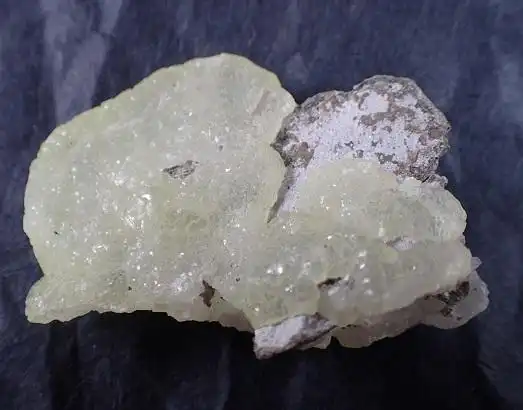Hydrotalcites (HTs), also known as Layered Double Hydroxides (LDHs), are a class of materials with a layered structure composed of positively charged layers formed by metal cations (such as Mg²⁺, Al³⁺) and hydroxide ions (OH⁻), and interlayer exchangeable anions and water molecules. Within this structure, magnesium hydroxide (Mg(OH)₂) is one of the fundamental building blocks forming the layers, determining the overall geometry, stability, and functional properties of the hydrotalcite structure.

1. Providing Octahedral Structural Units:
- Mg²⁺ is coordinated by six OH⁻ ions, forming Mg(OH)₆ octahedral units.
- These octahedra connect by sharing edges to form two-dimensional layers (brucite-like layers), which is essentially the extension of the magnesium hydroxide crystal structure.
- When some Mg²⁺ is substituted by Al³⁺ or other trivalent cations, the layers acquire a positive charge. This charge needs to be neutralized by the introduction of anions into the interlayer space, thus forming the basic structure of hydrotalcite.
2. Determining the Structural Parameters of the Layers:
- Mg²⁺ has a suitable ionic radius, ensuring the regularity of the layer structure.
- Metal cations that are too small or too large can lead to layer distortion or crystal defects.
- The presence of Mg ensures a reasonably maintained interlayer distance (d-spacing) between the layers, which is beneficial for stabilizing the formation of intercalation systems.
3. Influencing Crystal Morphology and Crystallinity:
- Studies have shown that the magnesium hydroxide content directly determines the size and morphology of hydrotalcite crystals.
- Appropriate Mg/Al ratios (such as 2:1 or 3:1) are conducive to the formation of regular hexagonal or layered plate-like crystals.
- Excessive Mg content may lead to the precipitation of free magnesium hydroxide crystals, thereby affecting the crystallization of single-phase hydrotalcite.
